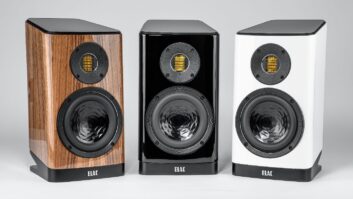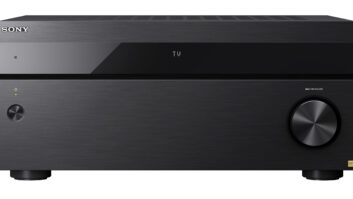“Swish, swish, bish!” could be the anthem for Pakedge Certified Network Administrator Course 2 – Switches, which is all about switches almost all the time. As we learned in Course 1, the switch — NOT the router — is the center of the network. Like the Force binding all living things in the galaxy together, all devices on the network connect to/through a switch including wireless devices (which are fundamentally a switch “mashed up with radio transmitters.”)

This course covers different types of category rated cables, how to connect switches together, how PoE works and properly managing PoE power budgets, and the power you can harness and unleash with a managed switch.

Cable samples
Here’s where you open up the nifty “DO NOT OPEN UNTIL COURSE 2” box that came with your shipment of gear. Inside are sample cables so you can see and feel the differences. Our company has already mostly gone to using Cat6, but the explanations of the different wire types explain why this is a good idea.
The course doesn’t talk about terminating cables — or wire pinout, or A/B standards — so pick up that knowledge elsewhere. (Hint: Try Google.) Also, I totally did not know that we’re not actually using an RJ45 connector. Nope. That term has been incorrectly used for years. It is actually a modular 8 position, 8 contact, or 8P8C connector. #MindBlown

What I learned here was how resistance and interference can affect network signals, especially over distance. This is why Ethernet runs are limited to a rated max of 100 meters. There are two ways to get past this distance limitation. Option 1 (aka “the expensive one”) is to use a fiber optic cable. Fiber is immune to EMI, has virtually no attenuation so it can travel great distances, can cruise past high voltage sources of interference, and isn’t prone to lightning strikes. Option 2 is to use multiple switches. Since each switch reconstructs each data frame to send on to the next host, it gives an additional 100 meters of transmit, meaning there can be a maximum of 200 meters between hosts connected by a single switch. With two switches in the middle devices could be separated up to 300 meters, and so on.
I also learned why it is better to use a single, larger switch (say 24 ports) over multiple small switches (say three 8 ports). For one, the SX8P’s internal 18 Gbps switching capacity (“backplane”) means devices connected have 18x the shared capacity compared to the 1 Gbps “bottleneck” across the shared uplink between switches.
I did not realize that a PoE switch had a limited amount of power to give, so the section on calculating PoE power budget will definitely come in handy for future installs. Also I didn’t know that Pakedge managed switches let you set PoE power priority per port so critical devices won’t lose power. #KnowledgeIsPower
The course concludes with advanced networking concepts and features available when using a managed switch. Things like IGMP Snooping, Spanning Tree Protocol (avoid the dreaded “switching loop”!), Link Aggregation Control Protocol, and using VLANs to isolate, secure, or optimize traffic onto a separate subnetwork. I was hoping for a hands-on covering setting up a VLAN – and maybe that will come later in the training – but this course just provides an overview.
The hands-on throughout was nice to both keep you engaged in the process and to familiarize you with where to find settings in your Pakedge switch. Am I ready for the PCNA final exam yet? Probably not. But do I know a lot more about how switches function? Definitely.
If you missed Course 1, check it out here. Next up…Class 3: Routers!







